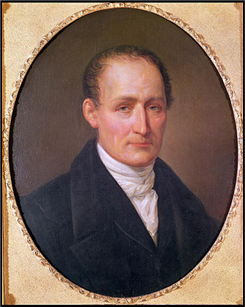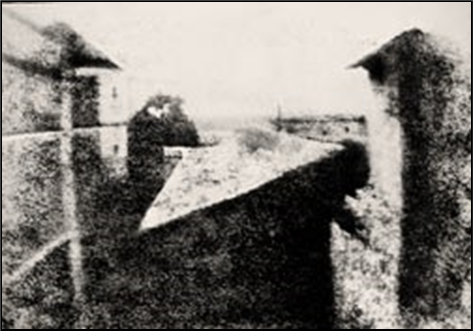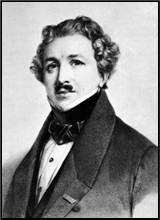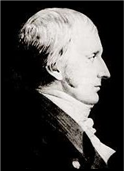


JOSEPH NIÉPCE 1765 -
xxxxxIt was the French inventor Joseph Niépce who produced the world’s first permanent photograph taken from nature. In 1827, using a camera obscura and a copper plate coated with a form of bitumen, he captured a blurred, black and white image of his back yard. In 1829 he went into partnership with a Parisian artist named Louis Daguerre and, as we shall see, he helped to reduce the exposure time required, making public his method -
 xxxxxA blurred black and white image of his back garden, produced by the French inventor Joseph Niépce in 1827, is generally considered today to be the world’s first photograph taken from nature. It was achieved after many attempts, and a great deal of thought and effort.
xxxxxA blurred black and white image of his back garden, produced by the French inventor Joseph Niépce in 1827, is generally considered today to be the world’s first photograph taken from nature. It was achieved after many attempts, and a great deal of thought and effort.
xxxxxTwo unconnected developments contributed to his success. The first was the camera obscura, or “dark chamber”, the direct forerunner of the modern photographic camera. It began as a dark room into which an inverted image of a brightly-
xxxxxIt was around 1813 that Niépce began to experiment with the new printing technique called lithography, invented, as we have seen by the German engraver Alois Senefelder 17 years earlier. He began to look for a material other than stone on which to do the printing, and one that, if possible, would produce a permanent “fixed” image automatically. After experimenting with various chemicals, in 1816, employing a method he called heliography (sun- of asphaltum, a bitumen which became insoluble to solvents when it was exposed to strong light. This produced a reasonable copy of an engraving on glass and led to his major break through. In 1827, using his crude camera, he took a view from his attic window, this time projecting it on a sensitized pewter plate. After an exposure of no less than eight hours, he slowly dissolved the layer of pitch and revealed the world’s first permanent photograph from nature, a blurred image of his own courtyard (
of asphaltum, a bitumen which became insoluble to solvents when it was exposed to strong light. This produced a reasonable copy of an engraving on glass and led to his major break through. In 1827, using his crude camera, he took a view from his attic window, this time projecting it on a sensitized pewter plate. After an exposure of no less than eight hours, he slowly dissolved the layer of pitch and revealed the world’s first permanent photograph from nature, a blurred image of his own courtyard (
xxxxxNiépce was born into a wealthy family at Chalon-

xxxxxFollowing his success in 1827, Niépce attempted without success to reduce the long exposure times required by his method. In 1829, therefore, he went into partnership with the Parisian artist Louis Daguerre (illustrated), a man who was extremely anxious to develop the new art of photography. They made some progress in cutting down the exposure time but, as we shall see, it was not until 1839 (Va), six years after Niépce’s death, that Daguerre made public his advanced method, known as the Daguerreotype process. And it was in that year that the English pioneer Fox Talbot also announced his own advances in photography.
xxxxxIncidentally, the plate used in Niépce’s famous photograph of 1827 has survived. It was found by the historian Helmut Gernsheim in 1952, and is now preserved in his collection at the University of Texas, Austin. ……
xxxxx…… Because of the long exposure time, during which the sun had moved from east to west, the photograph has the sun shining on both sides of the picture! ……

xxxxx…… As noted earlier, in 1802 an account was published of the attempt made by Thomas Wedgwood to produce a photograph. The son of Josiah Wedgwood, the famous pottery manufacturer, he proved able to produce vague images on paper coated with silver chloride, but once exposed to the light the paper went black and the outlines were lost. He also tried to capture and keep the image on a piece of white leather, but this was also unsuccessful.
Acknowledgements
Niépce: by the artist Leonard François Berger (1799-
G4-


